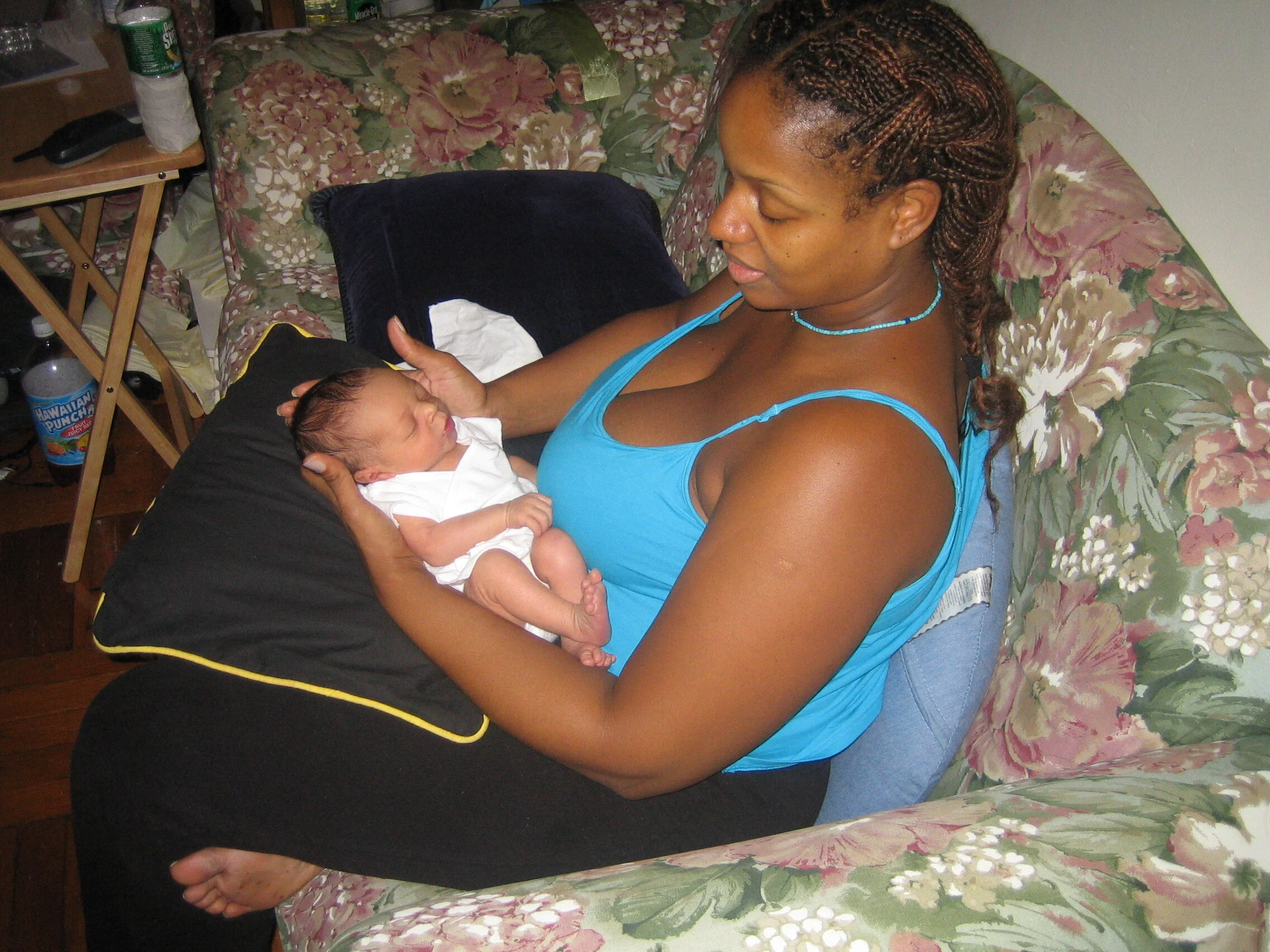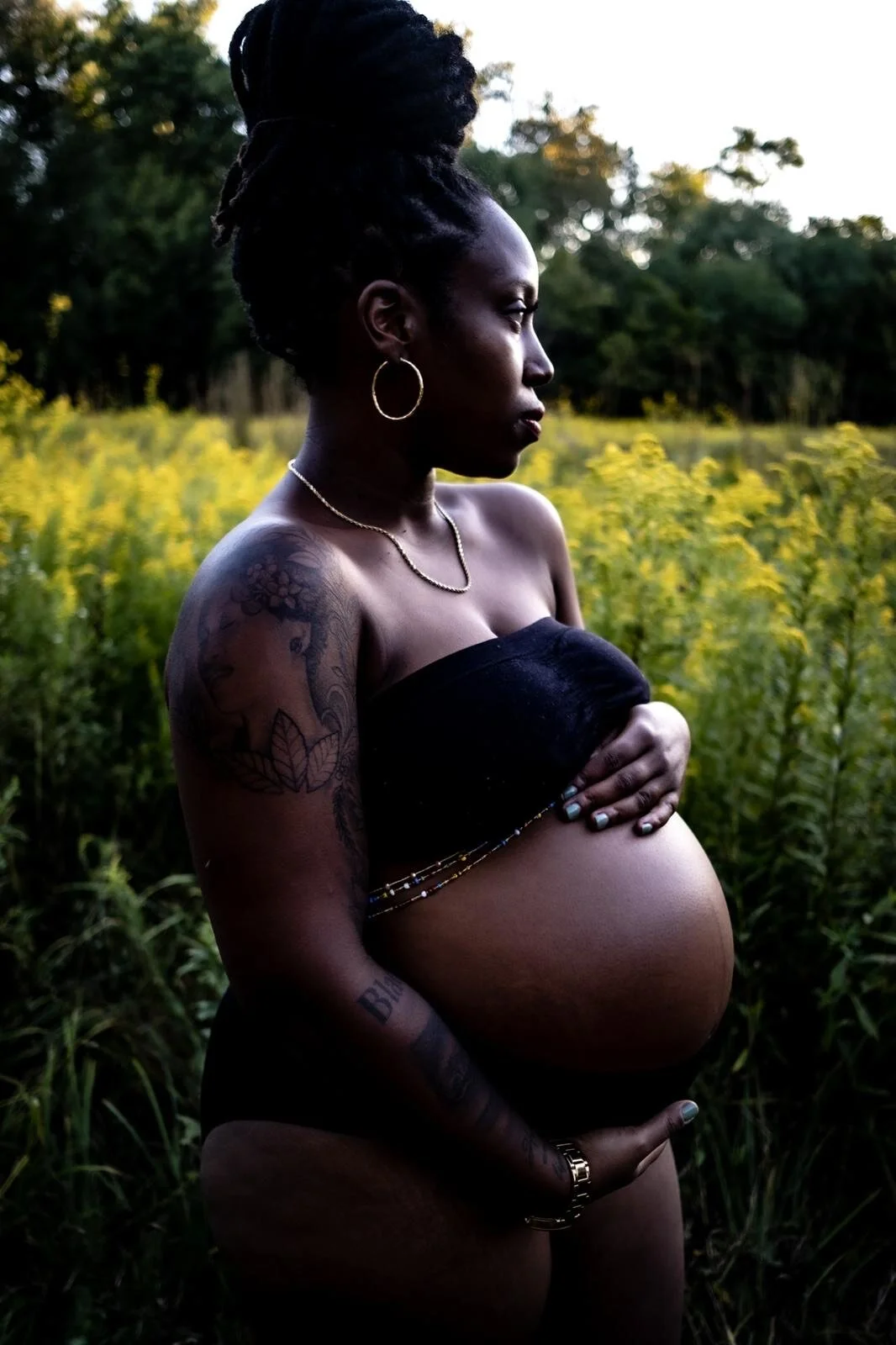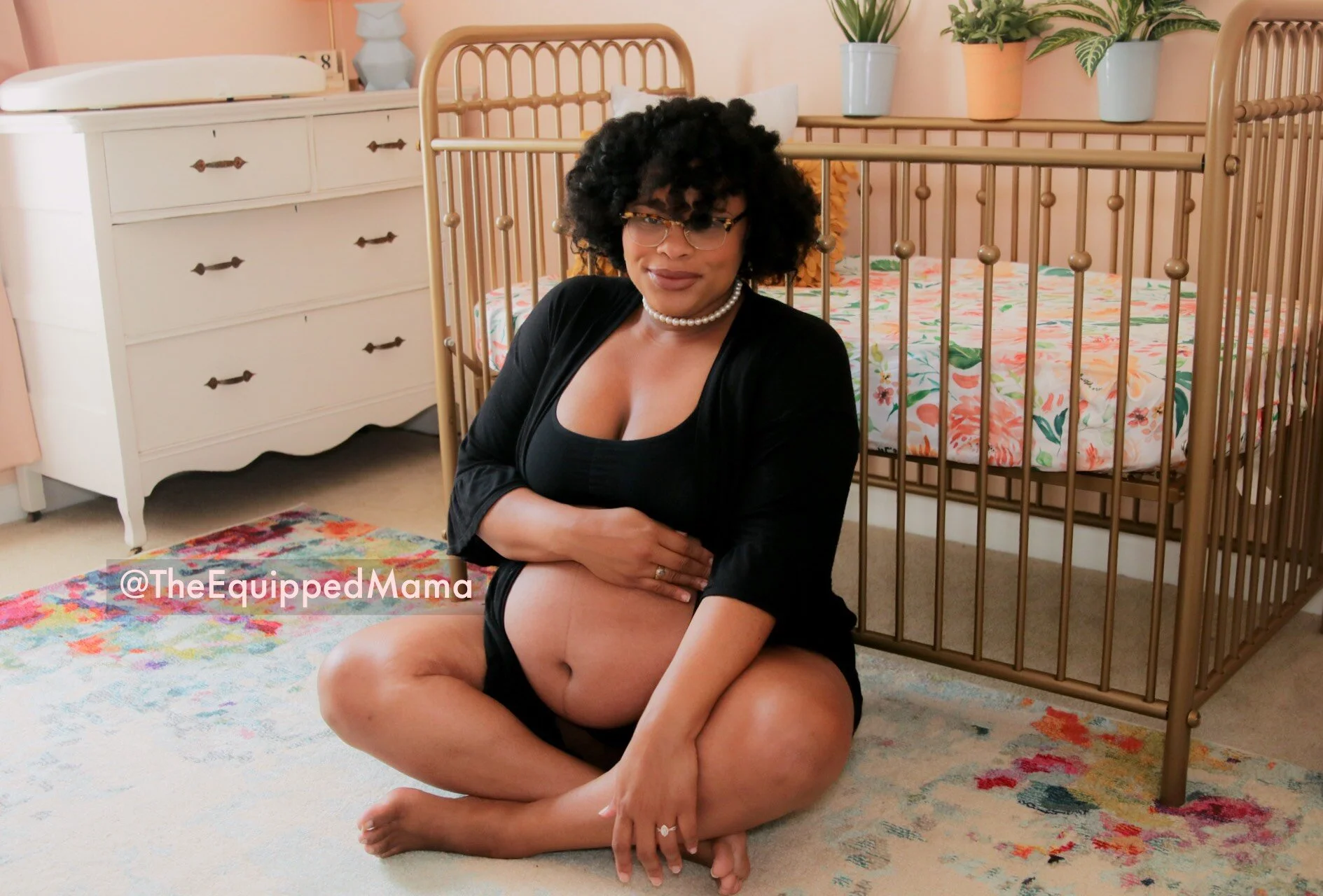Alicia Tetteh joins us for a second time after sharing her twin birth with us in Episode 57: The Body Holds the Score. Alicia and her husband, Solomon, discovered they were expecting their third child during the pandemic shutdown of 2020. Luna was a surprise for them but came with a new and experienced version of Alicia.
Alicia started with a previous hospital for care but added midwifery support as she considered birthing at home. After garnering support from Solomon, she began planning an intentional homebirth with a Black midwife for the pregnancy. Despite finding a Black midwife, she had difficulty finding Black birthers who had experienced a homebirth to offer additional support. They worked towards preparation for the birth by reading and leaning into the midwife to answer her questions.
Alicia admits that there were some unrealistic expectations about laboring at home that didn’t match the visuals in her mind or on social media. Labor started after a family walk through a petting zoo. When they arrived home, Alicia found herself unable to relax and move through the pain of the contractions. Her choices regarding food, music, and creating her environment ranked high on what she was thankful for. She contributes Solomon and Jesus for her ability to deliver their baby girl at home without medication. Her previous twin birth was a surgical delivery, and she had been numbed through the physical feelings of delivery.
Preparation for birth was high on the list; however, postpartum planning took a backseat. Alicia found herself unprepared, despite the memories of her twin birth recovery. The physicality of birth was heavy on Alicia’s body. There was support from family, friends, and their doula in the first couple of weeks. After the first month, sleep routines and managing twin toddlers took over their world. Solomon and Alicia have managed their “new normal” with teamwork and genuine co-parenting. Alicia wants moms to maintain their sense of self and have an identity outside of motherhood that helps them experience the joys of life.
Read More


















